09.07.2021
News: Salt Lake Tribune Shares Comprehensive Look into Utah’s Greenest Regenerative Design
If you picked up the Labor Day issue of the Salt Lake Tribune, you may have found a comprehensive look into Utah’s greenest regenerative design. Arch Nexus SLC is the first commercial building in the Intermountain West aiming to achieve Living Building
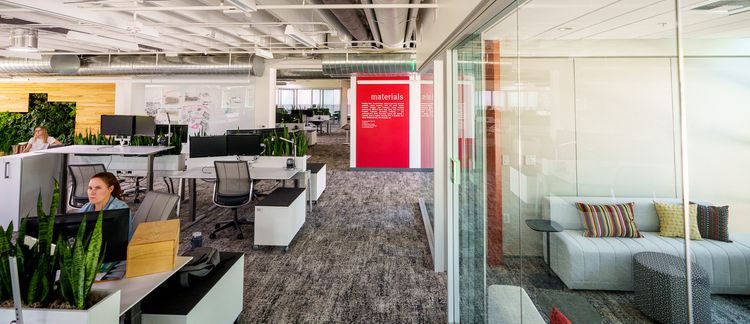
If you picked up the Labor Day issue of the Salt Lake Tribune, you may have found a comprehensive look into Utah’s greenest regenerative design. Arch Nexus SLC is the first commercial building in the Intermountain West aiming to achieve Living Building Certification. With the piece See inside Utah’s first ‘living building’ — Can this approach help save the world?, Tony Semerad paints an incredible overview of why this matters and how it can be achieved, offering a “beam of hope” amid the worsening climate crisis.
Ornately designed solar panels installed on the rooftop and parking lot gather all the energy that Arch Nexus office dwellers inside need — and more. The same goes for water, which is collected as rainfall then used, recycled and treated on-site with appealing indoor wetlands known as living walls. The building seems to breathe through open doors, windows and sumptuous courtyards, digitally adjusting to its surroundings and connecting inhabitants with natural daylight, fresh air, copious greenery and vibrant art.
More fundamentally, the 30,909-square-foot, two-story edifice, built as a warehouse in the 1950s, now functions completely free of carbon emissions, at a time when buildings represent roughly 45% of global greenhouse gases.
Learn more about the Living Building Challenge and Arch Nexus SLC, click here.


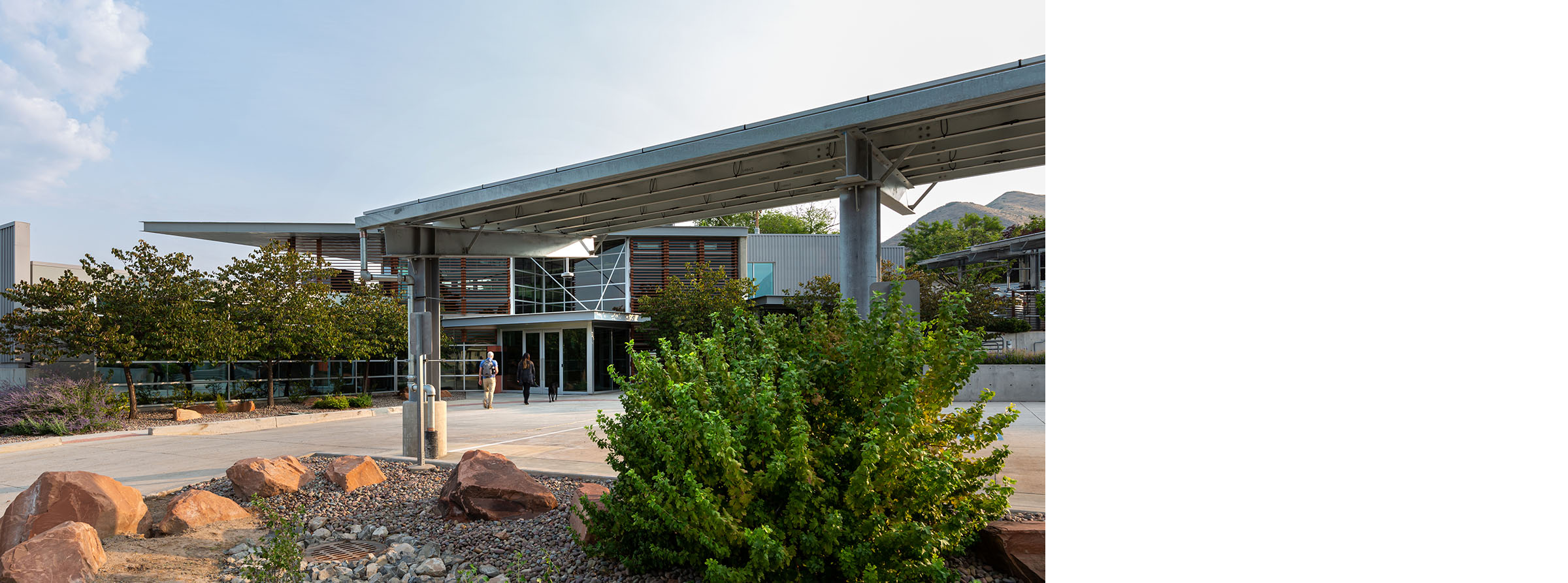


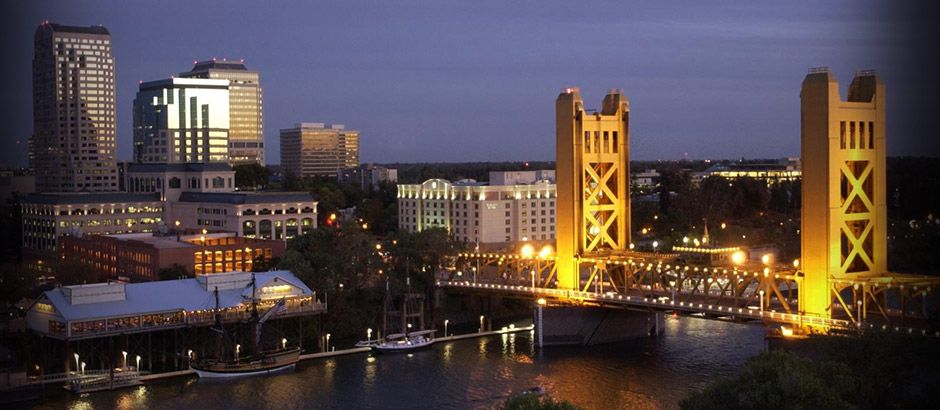

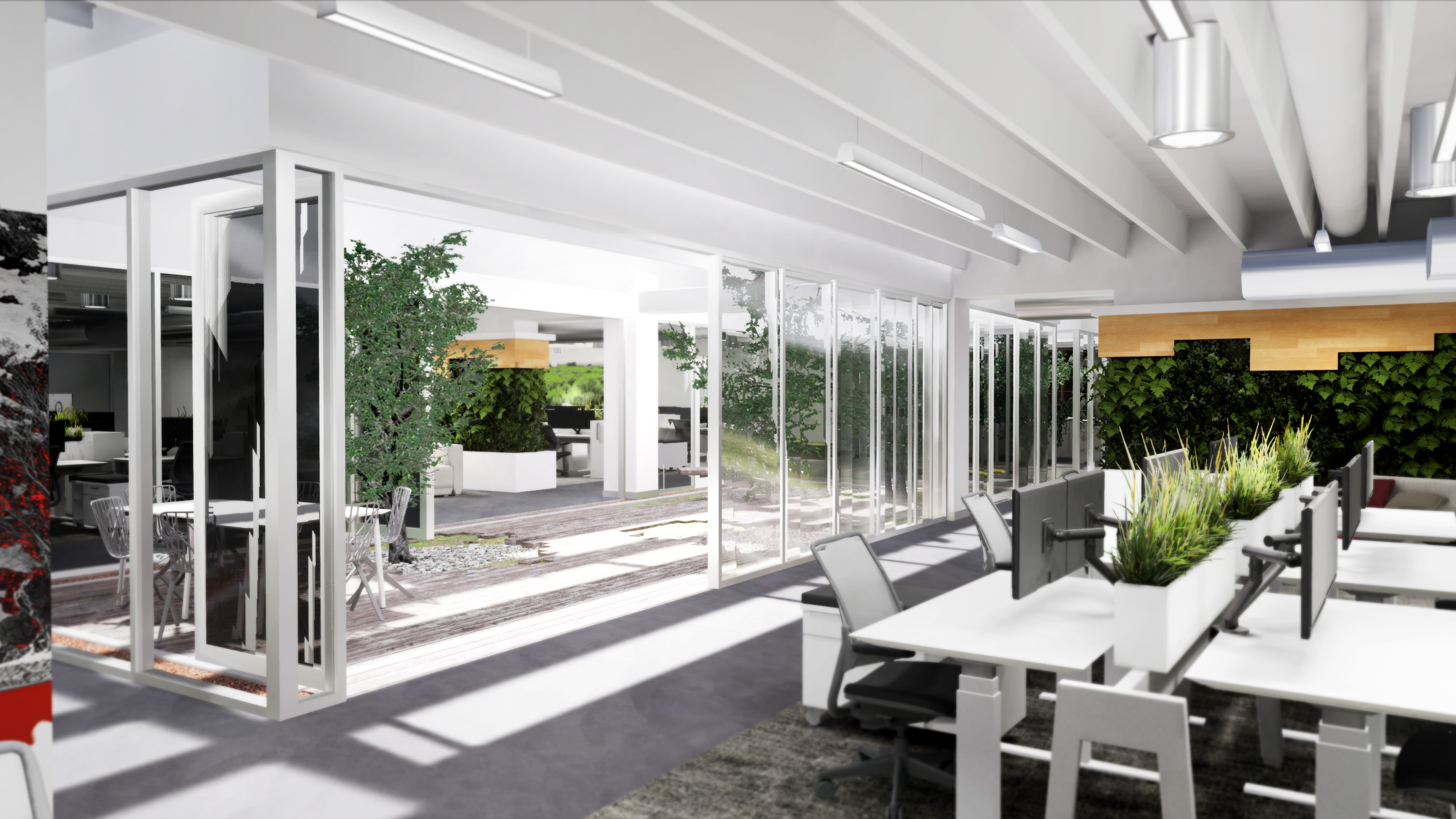
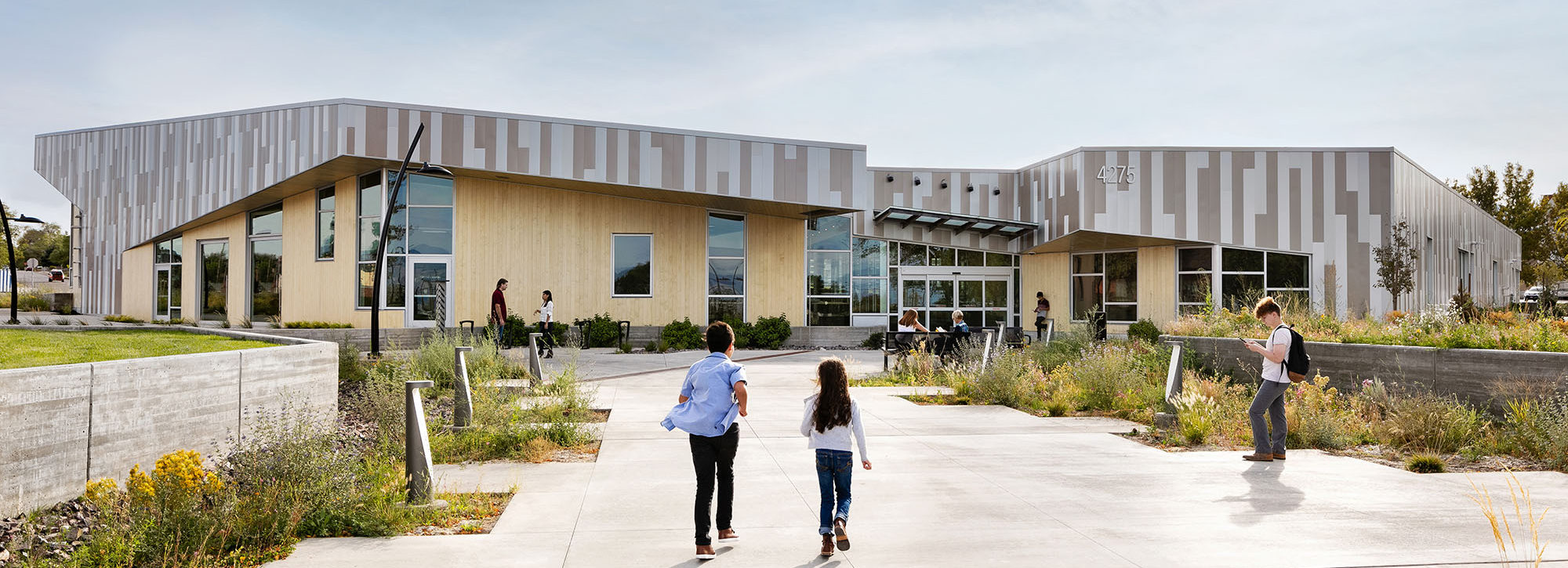
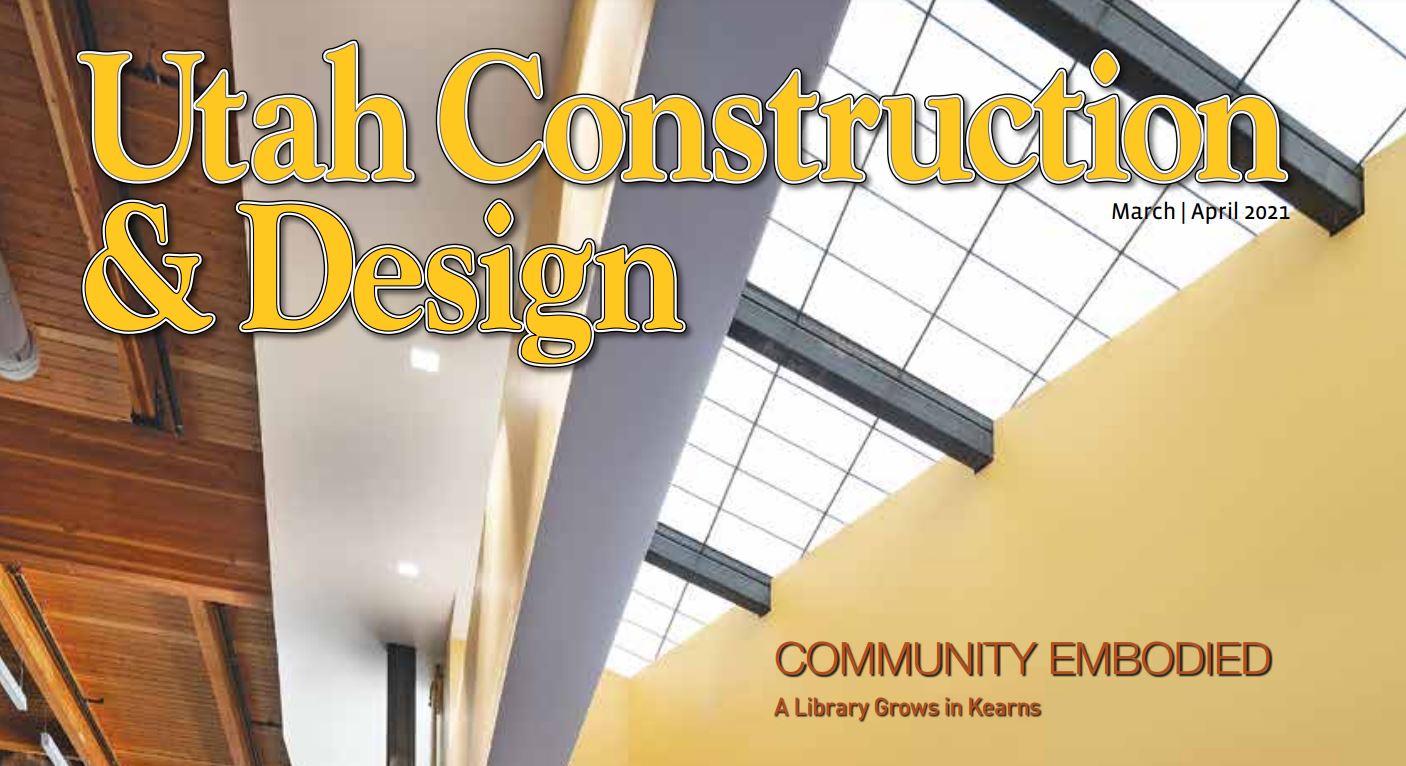

 Architects with Arch Nexus designed the new cancer hospital, and Layton Construction crews built it. It is located…
Architects with Arch Nexus designed the new cancer hospital, and Layton Construction crews built it. It is located…